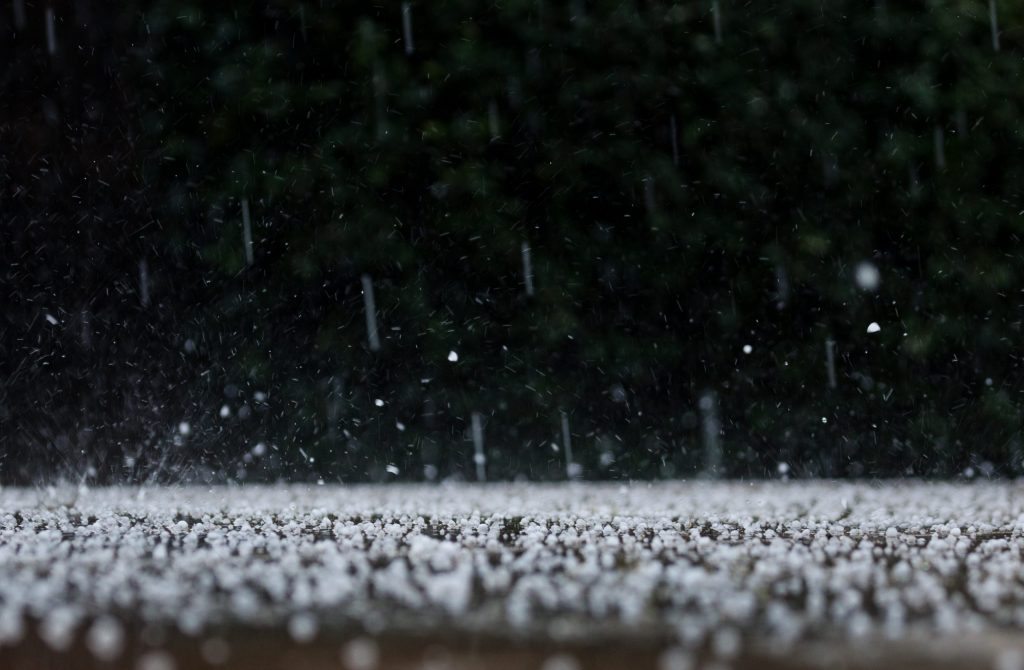This website uses cookies so that we can provide you with the best user experience possible. Cookie information is stored in your browser and performs functions such as recognising you when you return to our website and helping our team to understand which sections of the website you find most interesting and useful.
Chablis hailstorm damage ‘considerable’, BIVB confirms
An assessment of the double hailstorm in Chablis at the start of May has confirmed there was “considerable” damage to vines in the appellation, with some areas suffering 80% losses.

A statement from the BIVB assessing the damage three weeks after the violet weather confirmed that around 1,000 hectares of vines were affected – roughly a sixth of the Chablis appellation, which covers approximately 5,800 hectares and comprises 20 village communes.
Chablis grand cru climats Vaumur, Vaudésir, Moutonne and Preuses were thought to be among the worst-hit sites, the BIVB said when the hail struck, however the the villages of Fontenay-près-Chablis, Villy and La Chapelle-Vaupelteigne have seen the biggest damage. There was also damage in Chablis, Maligny, Beine and Lignorelles, with some climats in Chablis Grand Cru and Chablis Premier Cru also affected.
It has been estimated that around 400 ha of vines were affected by losses of more than 80%, it said, although the damage was “ultra-localized”.
According to reports, hailstorm the size of “pétanque boule” or ping pong balls ravaged the vineyards in a matter of minutes on 1 May as a violet “supercell” storm affected the area. The storm damaged shoots and stripped leaves from the vines, leaving them vulnerable to mildew, particularly with the additional humidity in the soil. It has taken a few weeks to see how the vines have recovered.
Despite the rocky start to the growing season, the BIVB pointed out that after two good harvests in 2022 and 2023, the levels of reserves – especially for the Petit Chablis and Chablis appellations – would help to mitigate the impact of the storm.
“There’s still a long way to go until the harvest, and the winegrowers already know that they’ll need to be constantly vigilant regarding the weather in 2024,” it concluded.
Following the hail, the French agriculture minister said the government would look into ways to support vignerons.
The second half of April had also seen some incidents of frosts across however damage from these was very localized, even though vine leaves had started to unfold.
The Chatillonnais, which is mainly dedicated to Crémant de Bourgogne, saw temperatures as low as -5°C, with frost damage affecting around 80 to 100% of parcels of vines in the eastern part of the region, from the Seine to the Ource valley. The Maranges, in southern Côte de Beaune, also suffered, however damage was limited in the Côte Chalonnaise, the Mâconnais and Nothern Bourgogne.
Read more:
Chablis – the threat from recurring frosts should not be ignored

